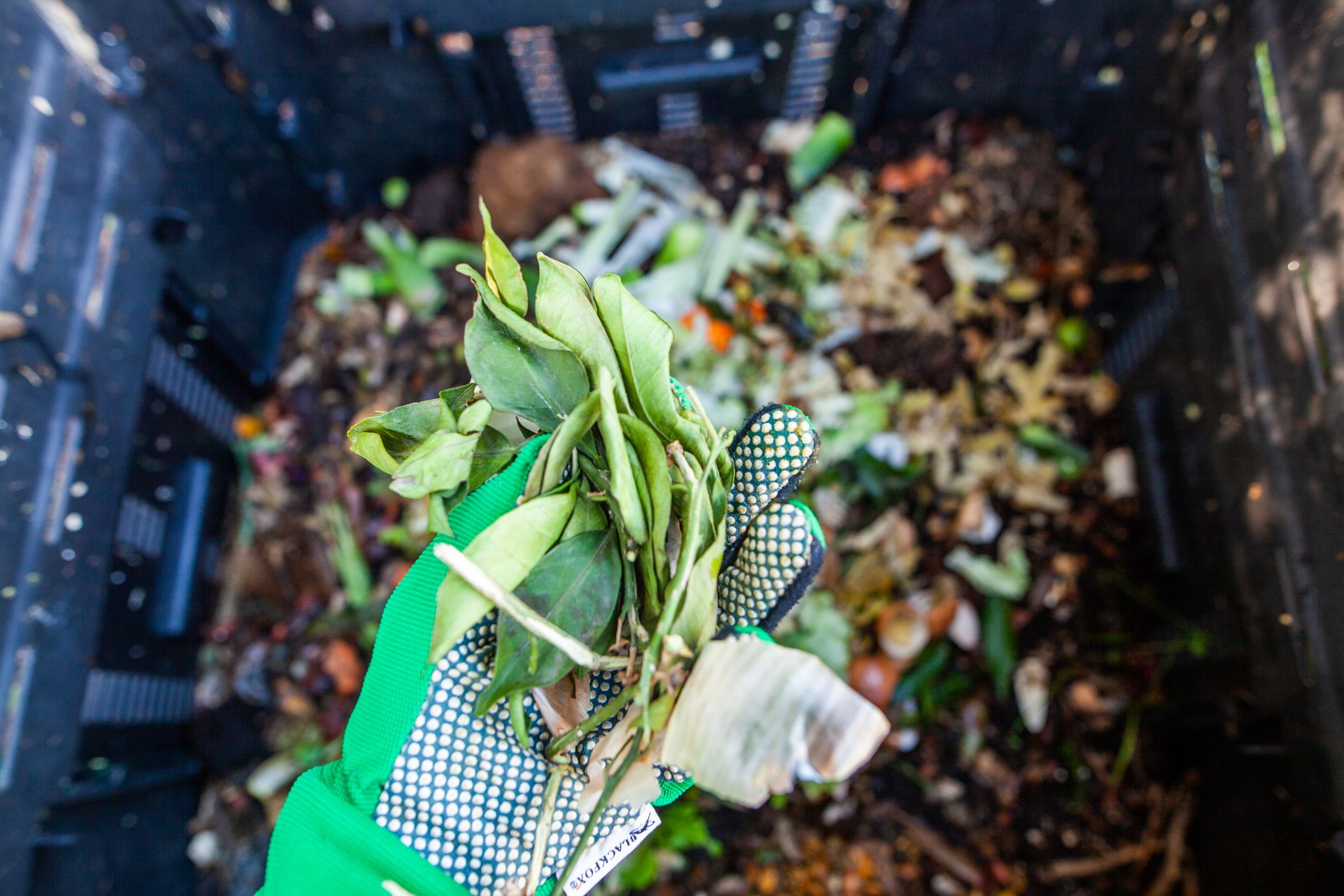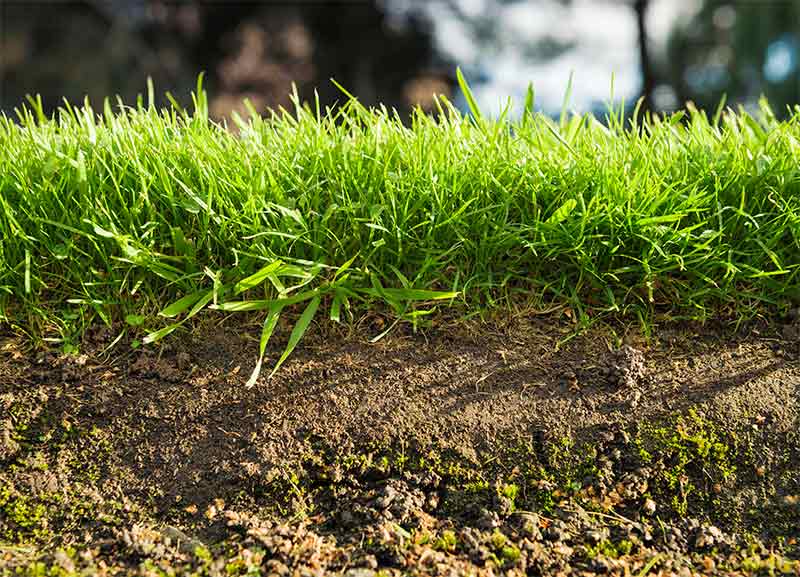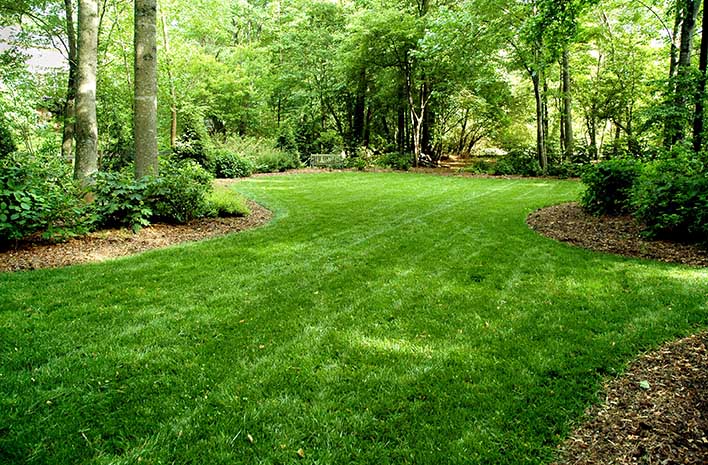Lawn care is more than a mere aesthetic pursuit. It’s an essential part of homeownership that contributes to the overall value of your property, and the environmental benefits of a well-maintained lawn are tremendous. A verdant, healthy lawn improves air quality by producing oxygen, trapping dust and other airborne particles, and even absorbing sound, contributing to a quieter neighborhood. More than that, lawns serve as a natural coolant and a habitat for various species of beneficial insects.
With such significance, lawn care is not something to be taken lightly, but rather, it’s a responsibility to the environment and to ourselves. Among the various aspects of lawn care, fertilization plays a pivotal role. Fertilization is the process by which essential nutrients are added to the soil to enhance the health and growth of the grass. Just like humans need a balanced diet to stay healthy, lawns also require specific nutrients to thrive, and these nutrients are often provided through fertilizers.
Fertilization is crucial to maintaining a lush, green lawn, as it replenishes the soil’s nutrient content that gets depleted over time due to various factors such as rainfall, grass growth, and natural decomposition. By understanding the role of fertilization in lawn care, homeowners can ensure the longevity and vitality of their green spaces, ultimately contributing to an eco-friendly and aesthetically pleasing environment.
Understanding Fertilization
In the context of lawn care, fertilization is the process of applying essential nutrients to the soil to promote the healthy growth of grass and other plants. These nutrients, primarily nitrogen, phosphorus, and potassium, are crucial for the vitality of lawns. They facilitate various biological processes, such as photosynthesis, root development, and disease resistance, thereby enabling lawns to grow lush and green. However, these nutrients may become deficient in the soil due to various factors such as excessive rain, sun exposure, or natural nutrient depletion, necessitating the need for fertilization.
The process of fertilization works by supplementing the soil with the necessary nutrients. It is typically done in granular form or liquid form, spread or sprayed over the lawn using a spreader or sprayer. The nutrients are then absorbed by the grass roots and utilized for growth and development. Proper fertilization leads to thicker, healthier lawns that can resist pests and diseases, withstand harsh weather conditions, and add aesthetic value to properties. It’s important to note that fertilization should be done judiciously, as over-fertilization can lead to nutrient pollution, causing harm to the environment.
When it comes to types of fertilizers, they can be broadly classified into organic and inorganic. Organic fertilizers are derived from natural sources such as compost, manure, or bone meal. They are environmentally friendly, improve soil structure, and provide a slow, steady supply of nutrients. However, they may take longer to show results compared to inorganic fertilizers. On the other hand, inorganic fertilizers are industrially synthesized and are available in various formulations tailored to specific nutrient requirements. They provide nutrients quickly and in a readily available form, but overuse can lead to soil degradation and environmental pollution.

The Role of Fertilization/Fertilizers in Lawn Care
The role of fertilization in lawn care cannot be overstated. Maintaining a healthy, vibrant, and resilient lawn is the cornerstone. Fertilization’s first and foremost role in lawn care is promoting healthy grass growth. Fertilizers are packed with essential nutrients like nitrogen, phosphorus, and potassium which are crucial for the robust growth of grass. These nutrients make the grass stronger and more vigorous, thereby enhancing its ability to withstand harsh weather conditions and heavy foot traffic.
The second role of fertilization lies in enhancing the color of your lawn. A well-fertilized lawn is likely to have a deep green color that is both appealing to the eye and indicative of its health. Nitrogen, in particular, is known to enhance the green color of the grass. By optimizing the nitrogen content in the soil through fertilization, you are directly improving the aesthetic appeal of your lawn.
Fertilization also plays a significant role in increasing the lawn’s resistance to pests and diseases. Healthy, well-fertilized grass is less susceptible to pest infestations and diseases because it has a stronger immune system. This immune system is built up by the nutrients that the grass absorbs from the soil. Therefore, a well-fertilized lawn is more attractive, healthier, and less prone to diseases and pests.
6 Reasons to Fertilize Your Lawn
- Promotes Healthy Growth: Fertilizing your lawn provides essential nutrients that promote healthy growth of grass, resulting in a lush and green lawn.
- Improves Root Development: Fertilizers contain vital elements such as nitrogen, phosphorus, and potassium that aid in the development of strong and deep roots, making your lawn more resistant to drought and foot traffic.
- Prevents Weeds and Pests: A well-fertilized lawn is less likely to be invaded by weeds and pests. The thick, healthy grass creates a natural barrier against unwanted plants and insects.


4. Enhances Overall Appearance: Regular fertilization can improve the overall appearance of your lawn by making it thicker, greener, and more uniform. This can increase your home’s curb appeal and add value to your property.
5. Increases Tolerance to Stress: Fertilizing helps make your lawn more resilient to external stressors such as extreme temperatures, heavy rainfall, or drought. It provides the necessary nutrients for the grass to withstand these conditions.
6. Cost-Effective Solution: Fertilizing your lawn is a cost-effective way to maintain its health compared to replacing dead or damaged grass. Investing in fertilizer can save you money in the long run by keeping your lawn healthy and reducing maintenance costs.
How to Choose the Right Lawn Fertilizer
The first step in selecting the right lawn fertilization involves understanding the nutrient needs of your grass. The three primary nutrients essential for healthy lawn growth are nitrogen, phosphorus, and potassium, collectively known as NPK. Nitrogen promotes lush, green growth, while phosphorus aids in root development, and potassium strengthens grass against drought and disease. The specific nutrient needs of your lawn can vary based on the type of grass, soil quality, and local climate conditions. Soil testing can help you determine the specific nutrient deficiencies in your lawn and guide your fertilizer choice.
Reading fertilizer labels is another crucial aspect. Fertilizer labels typically indicate the NPK ratio, which shows the proportion of each nutrient in the product. For instance, a fertilizer labeled 10-10-10 contains an equal ratio of nitrogen, phosphorus, and potassium. Your soil test results can help you choose a fertilizer with an NPK ratio that matches your lawn’s nutrient needs. Fertilizer labels also provide information about application rates and timings, which are important to follow for effective fertilization.
Lastly, choosing between organic and inorganic fertilizers depends on your lawn care goals and personal preferences. Organic fertilizers, derived from plant or animal waste, release nutrients slowly and improve soil structure over time, making them eco-friendly. However, they may take longer to show results. On the other hand, inorganic or synthetic fertilizers provide nutrients quickly and are effective in promoting rapid growth. However, overuse can potentially harm the environment by contributing to nutrient pollution. Therefore, it’s essential to consider these factors and make an informed choice.
When and How to Fertilize Your Lawn
After selecting the right fertilizer for your lawn based on its nutrient requirements, the next step is understanding when and how to apply it. The timing and frequency of fertilizer application significantly affect your lawn’s health and appearance. The best time to fertilize your lawn is during its peak growth periods. This is typically in the spring and fall for cool-season grasses, while warm-season grasses benefit most from fertilization in late spring or early summer. Fertilizing during these periods ensures your lawn has the nutrients it needs to thrive during its active growth stage.
As for how often to fertilize largely depends on the type of grass and the specific fertilizer you’re using. On average, lawns benefit from fertilization every six to eight weeks during their growing season. However, keep in mind that over-fertilizing can be just as detrimental as under-fertilizing. Following the recommended application rates on your chosen fertilizer’s packaging is crucial to avoid nutrient pollution.
The proper technique for fertilizing involves evenly spreading the fertilizer across your lawn. Using a broadcast or rotary spreader can help achieve a consistent application. Watering your lawn after fertilizing is important to help the nutrients penetrate the soil and reach the grassroots. Remember, fertilization is just one aspect of lawn care. Regular mowing, watering, and aeration are equally important in maintaining a healthy, lush lawn. By understanding your lawn’s specific nutrient needs and providing the appropriate care, you can enjoy a beautiful, thriving lawn year-round.
Safety Measures and Environmental Impact
While fertilizing your lawn is a key aspect of lawn maintenance, it’s critical to take safety precautions when using fertilizers. Fertilizers, especially synthetic ones, contain chemicals that can be harmful to humans and pets. Therefore, wearing protective clothing, including gloves and goggles, is advised while applying them. If you have children or pets, keep them off the lawn until the fertilizer has been watered in and dried. Always store fertilizers in a secure location, out of reach of children and pets.
The potential environmental impacts of improper fertilizer use should not be overlooked either. Over-fertilization can lead to a surplus of nutrients in the soil, harming your lawn and contaminating local water sources through runoff. Excess nitrogen and phosphorus, two common elements in fertilizers, can cause water pollution and contribute to the growth of harmful algal blooms in bodies of water.
Understanding these risks, it’s imperative to fertilize responsibly. To start, consider using organic fertilizers which are often less harmful to the environment. Always follow the recommended application rates and timing as mentioned on the fertilizer packaging. Over-application does not benefit your lawn and increases the risk of environmental harm. Consider performing a soil test to understand the specific nutrient needs of your lawn, this way, you’re only adding what’s necessary. Additionally, ensure your lawn is healthy enough to absorb the nutrients by regularly mowing, watering, and aerating.
Remember, while fertilization is important, a truly healthy lawn is achieved through a balance of many different care aspects. By taking these safety measures and considering the environmental impact, your lawn will flourish, and you’ll also be doing your part to protect the environment.
Conclusion
In conclusion, the role of fertilization in lawn care cannot be overstated. It forms an integral part of maintaining the health and appearance of your lawn by supplying essential nutrients the soil may lack. Without appropriate fertilization, your lawn may struggle to grow and may become more susceptible to disease and pest infestations. However, this does not mean that more is always better. Over-fertilization, as we have discussed, can lead to significant environmental impacts, including water pollution and the proliferation of harmful algal blooms.
Fertilizing your lawn is a responsibility that should not be taken lightly. It’s not just about achieving the greenest grass on the block, it’s about preserving our environment and ensuring the safety of those who enjoy our lawns. Therefore, we encourage every homeowner to take up responsible and effective fertilization practices. Organic fertilizers are a great alternative that can provide the necessary nutrients while minimizing harm to the environment. Additionally, always remember to follow the recommended application rates and to conduct regular soil tests to understand the specific needs of your lawn.
At Turf Medic, we offer lawn fertilization services that prioritize the health of your lawn and our environment. Our team uses only organic fertilizers, carefully chosen to provide the right balance of nutrients for your lawn. Go here to learn more about our services and how we can help you achieve a beautiful, healthy lawn!

Recent Comments